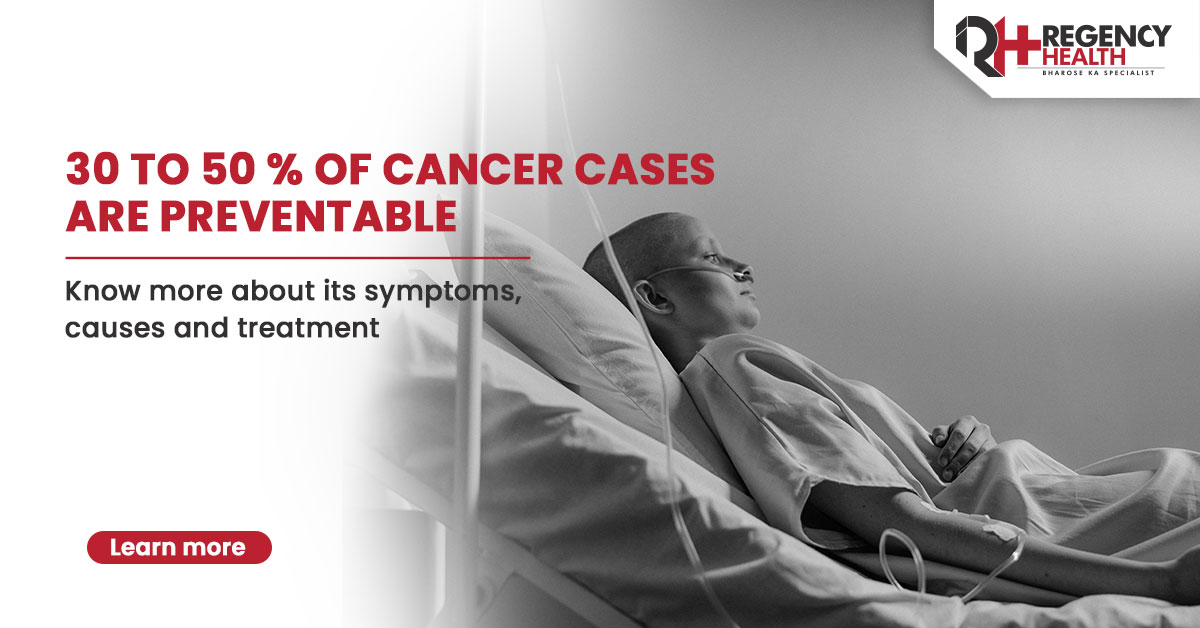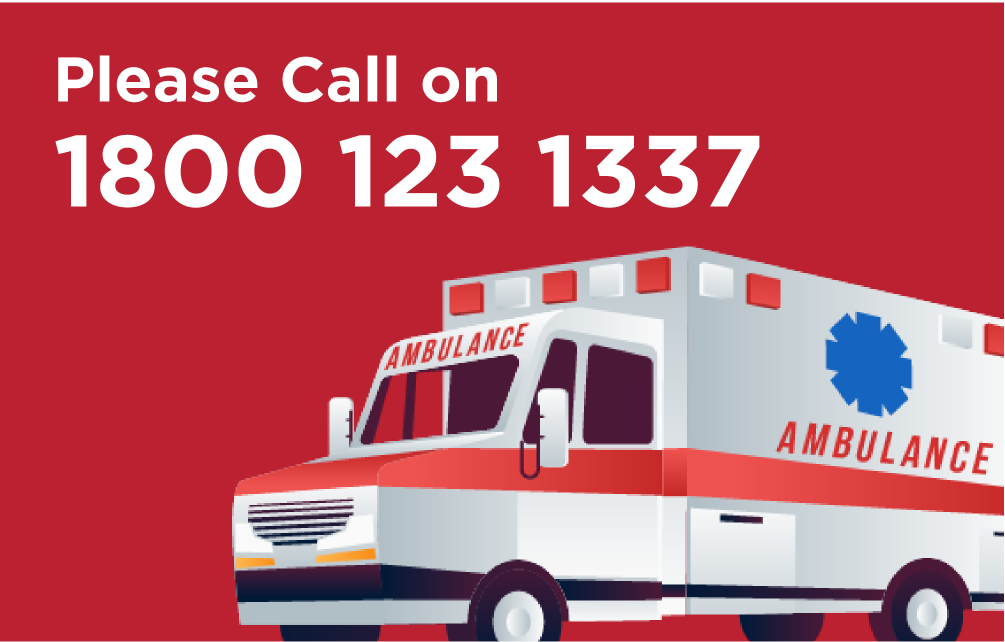
What is Cancer?
Cancer is the uncontrolled spread of cells throughout the body. Also known as malignant cells, or tumor cells, these cells invade healthy body tissues and impact their functioning. Usually, body cells divide to create new cells to replace outdated or damaged cells. In the case of Cancer, new cells continue to divide rapidly even when they are not required and form tumors. Some of these cancer cells separate as they divide unceasingly and spread to other parts of the body via the blood (or lymph) to create new tumors. Cancer isn’t exclusive to human beings and can impact animals and other living beings as well.
Cancer Causes
While some cancers have unidentified origins, others have environmental or lifestyle triggers or may have many multiple known causes. Some traits may be altered by a person’s genetic makeup during development. Combinations of these causes frequently result in cancer development in patients. Some commonly known cancer causes are:
- Chemical Exposure– Constant exposure to Nickel, Vinyl, Asbestos, cadmium, or cigarette smoke (which contains harmful toxins and carcinogens) are some of key cancer causes that impact millions worldwide.
- Ionizing radiation– Present in radon, uranium, sunlight’s ultraviolet rays, as well as radiation from sources that emit alpha, beta, gamma, and X-rays.
- Pathogens – Researchers are looking into other microorganisms as potential culprits, including the human papillomavirus (HPV), Epstein-Barr virus (EBV), and hepatitis B and C viruses.
Cancer Symptoms
Cancer symptoms and indicators vary depending on the type of cancer, its location, and/or the extent of the cancer cells’ dissemination. For example, breast cancer can be detected by symptoms such as a lump in the breast or nipple discharge, whereas metastatic breast cancer can show signs such as discomfort (if it has spread to the bones), excessive exhaustion (lungs), or seizures (brain). In several cancer types patients exhibit any signs or symptoms only in later stages. Some common cancer symptoms are:
- Change of bowel or bladder patterns
- A persistent throat infection
- Unexpected bleeding or discharge (for example, nipple secretions or a “sore” that will not heal that oozes material)
- Breast, testicles, or other organ thickening or lump
- Trouble swallowing or persistent indigestion
- A wart or mole that has undergone a clear change in size, colour, form, or thickness
- Cough or hoarseness that persists
What are Cancer Types?
More than 100 different forms of cancer exist, most of which are named after the organs or tissues where they first appear. The most prevalent cancer types in men are those of the lung, prostate, stomach, colon, and rectum. The most prevalent cancers in women are breast, colon, rectum, lung, and cervix. These different Cancer types can be grouped as:
- Carcinoma – Begins in the skin of tissues covering our organs
- Sarcoma – Begins in bones, muscles, fat, or blood vessels
- Leukemia – Starts in blood-creating tissues such as bone marrow
- Myeloma and lymphoma– Cancer beginning in cells of the immune system
- Nervous System Cancers– Originate in brain tissues and spinal cord
Cancer Stages
The most used cancer staging method is the TNM system. The TNM system is the primary means of reporting cancer in most multi super speciality hospitals. Unless there is a separate staging method for your particular form of cancer, you will probably see this staging system used to describe your disease in your pathology report.
T – The major tumor’s size and extent are indicated by the letter T.
N – Stands for the number of cancerous lymph nodes in the area.
M– indicates whether or not cancer has spread.
Cancer Treatment
The type of cancer and the stage of the disease determine the course of treatment. In some cases, diagnosis and treatment happen simultaneously as the cancer is surgically removed when the surgeon takes the tissue for a biopsy. The diagnosis and therapy may take place simultaneously in certain patients.
Although each patient’s cancer treatment plan will be unique, most cancer treatments include one or more of the following: surgery, chemotherapy, radiation therapy, or combination therapies (a combination of two or all three treatments).
People receive many forms of these cancer treatments. Patients who have cancers that cannot be entirely treated (cured) by surgery typically receive combination therapy, the makeup of which is dictated by the type of cancer.

 Call-an-Ambulance
Call-an-Ambulance



